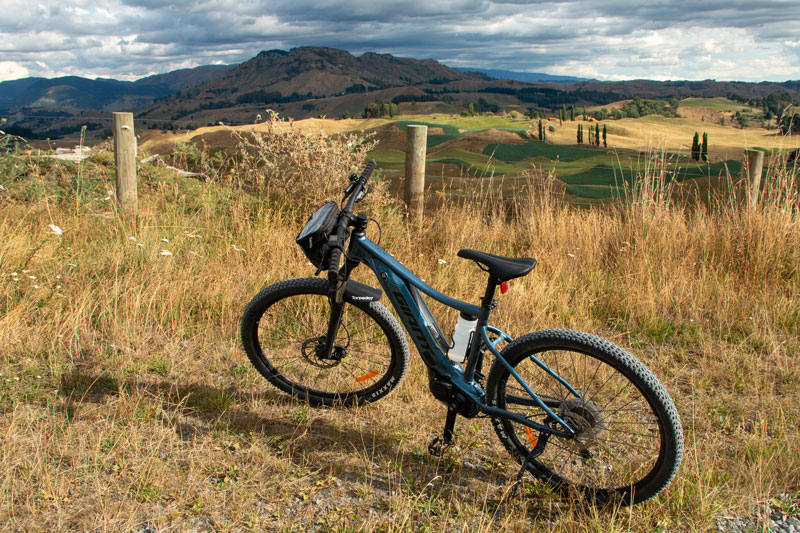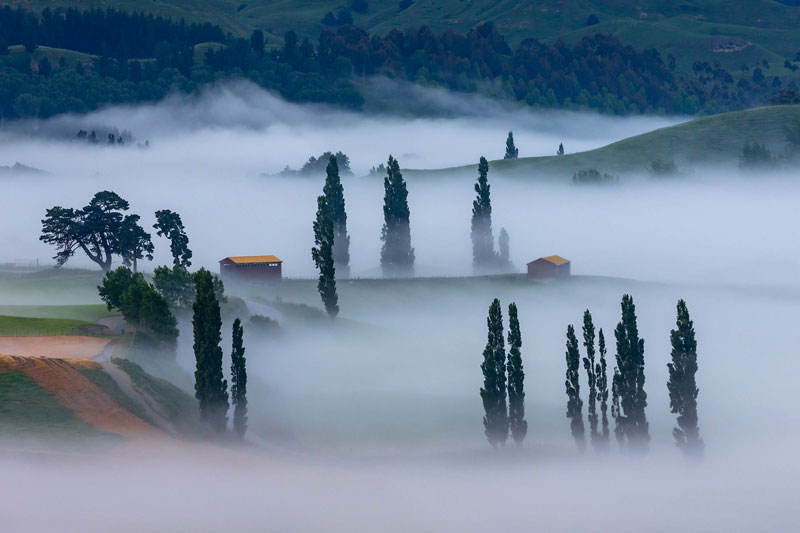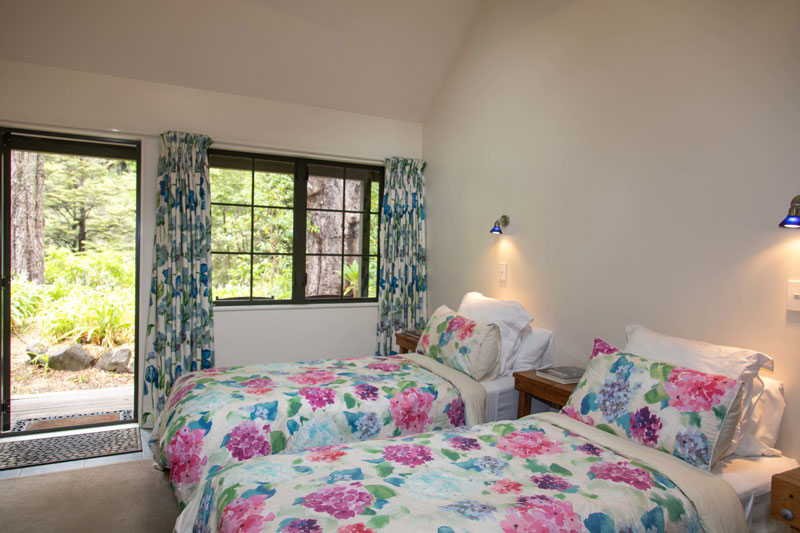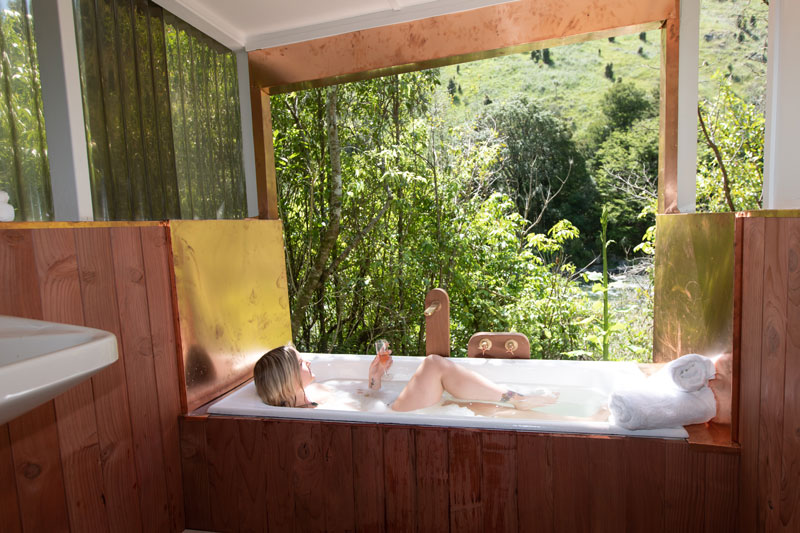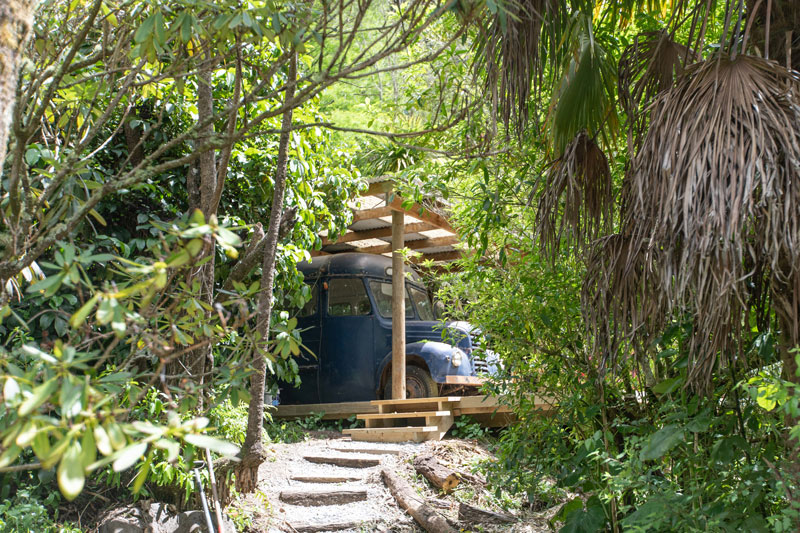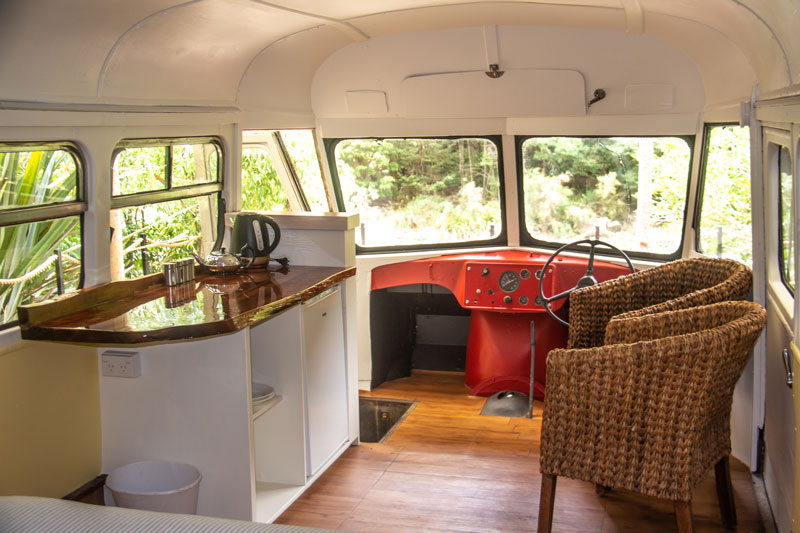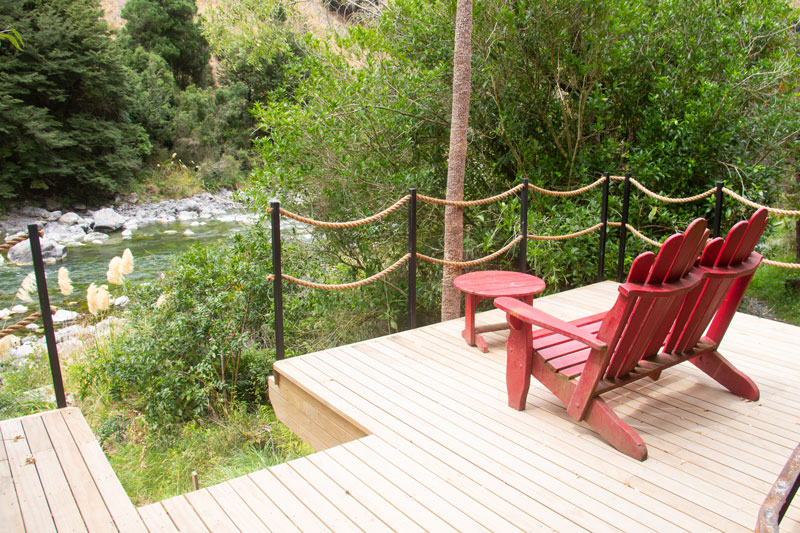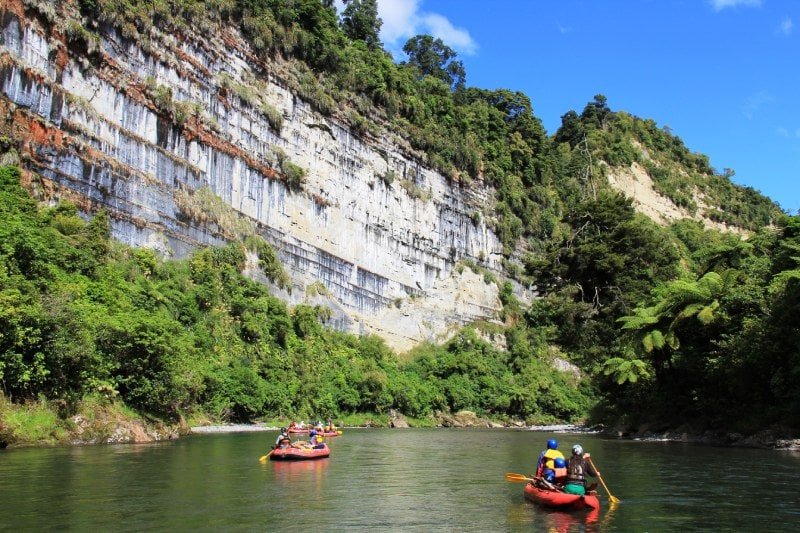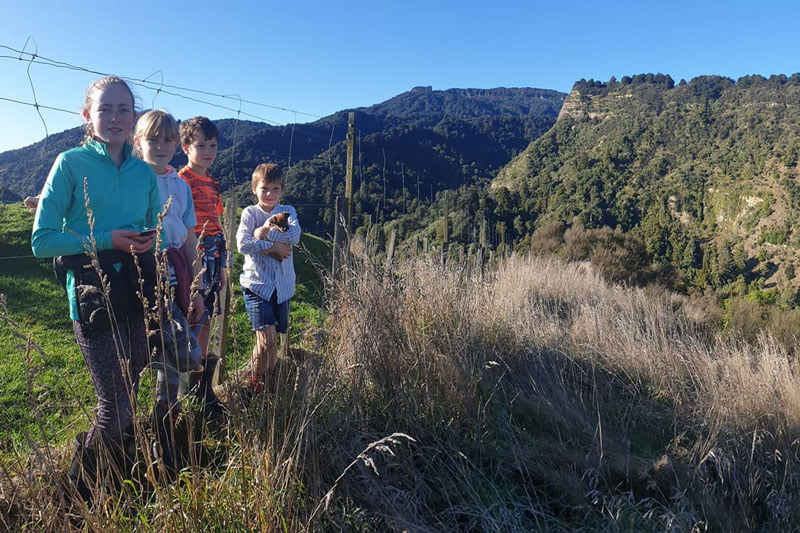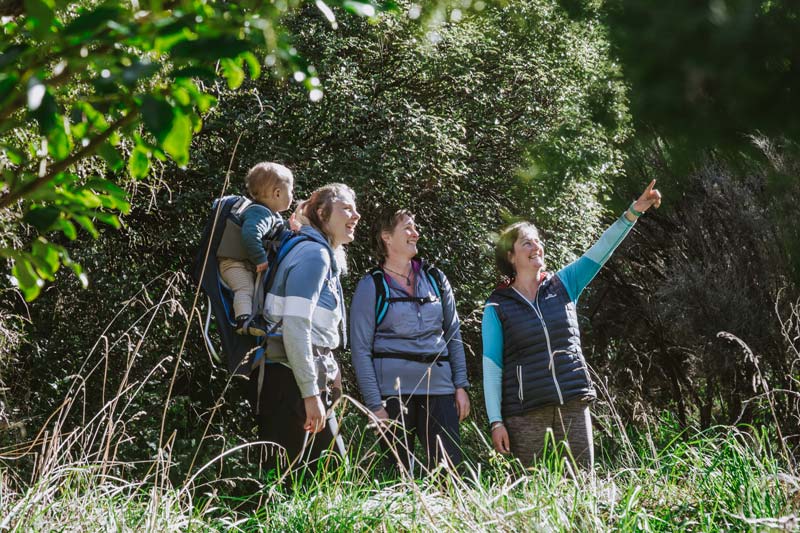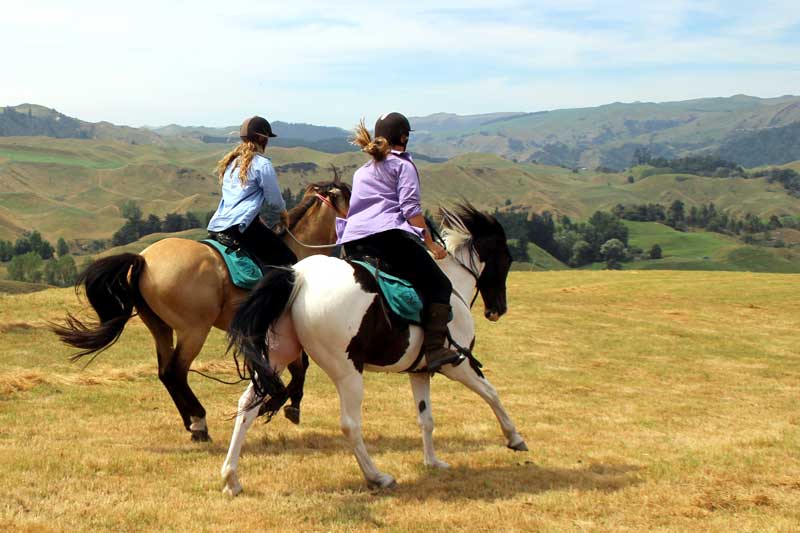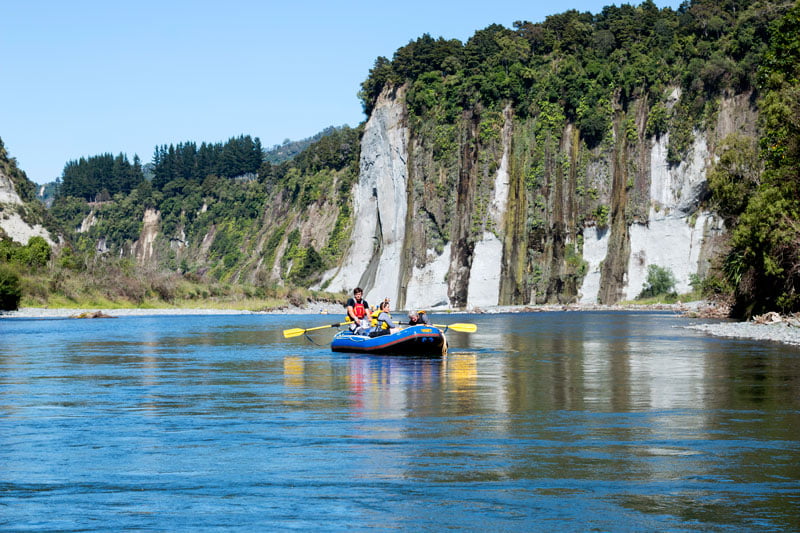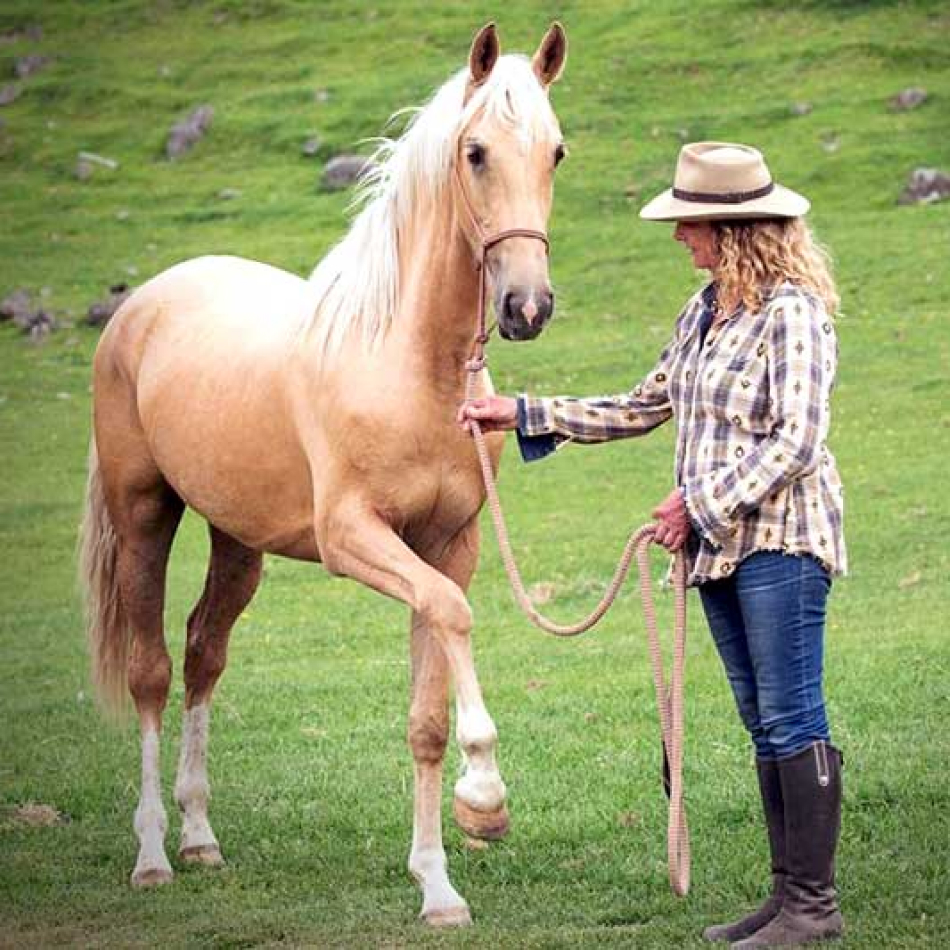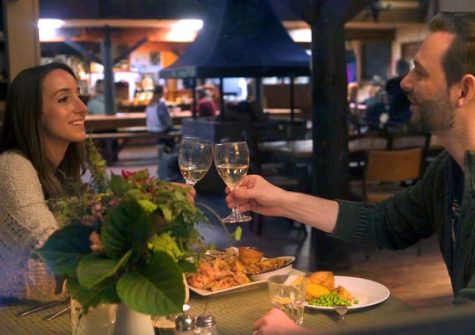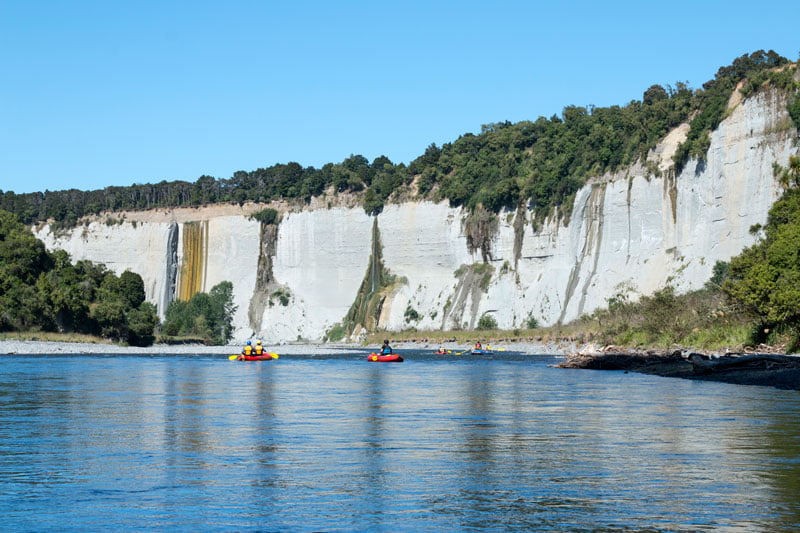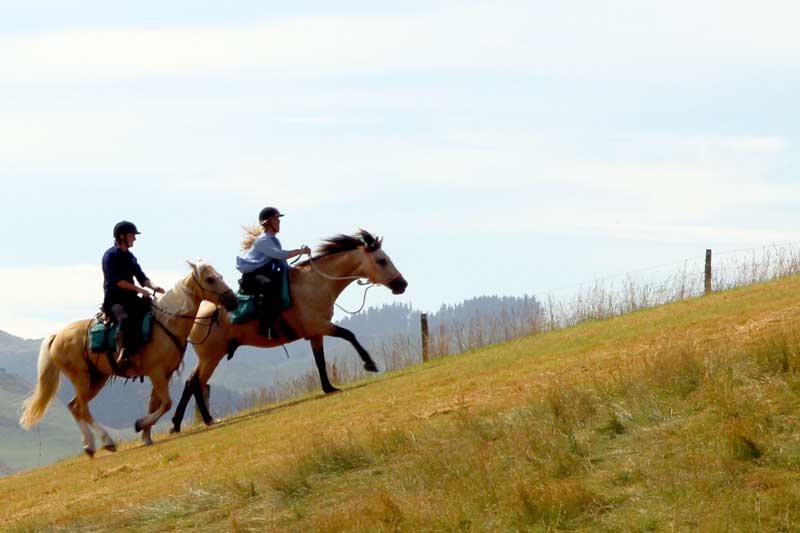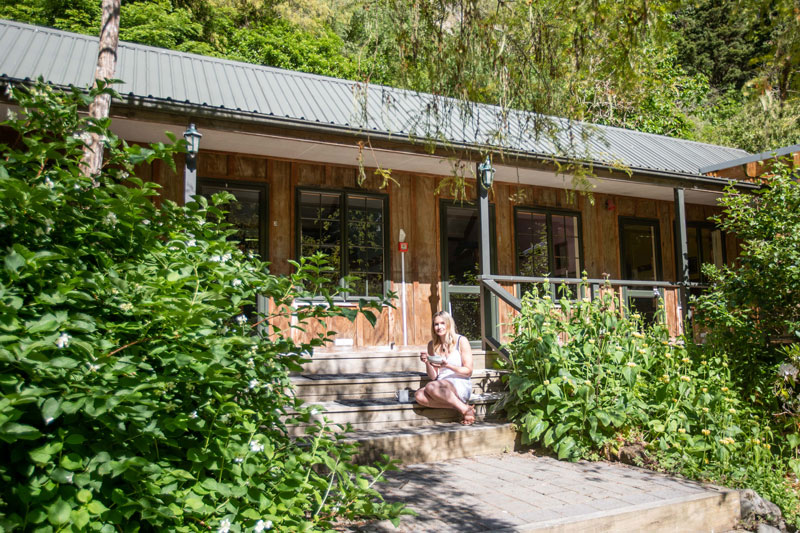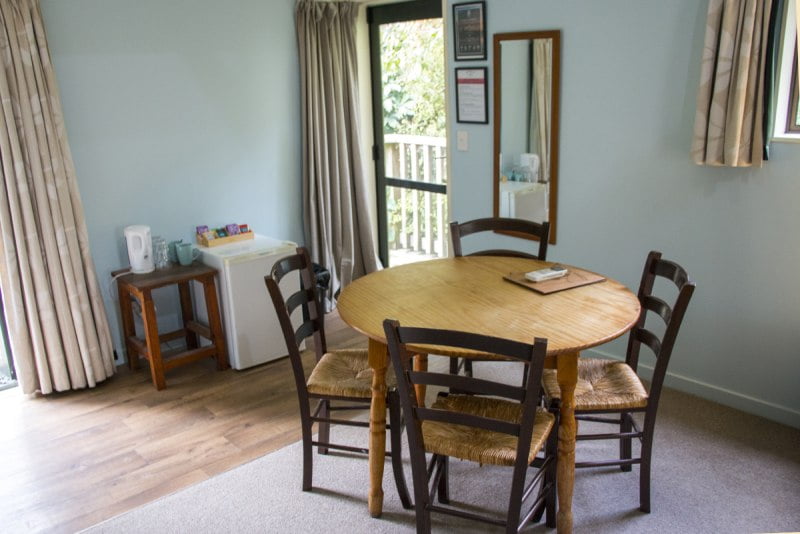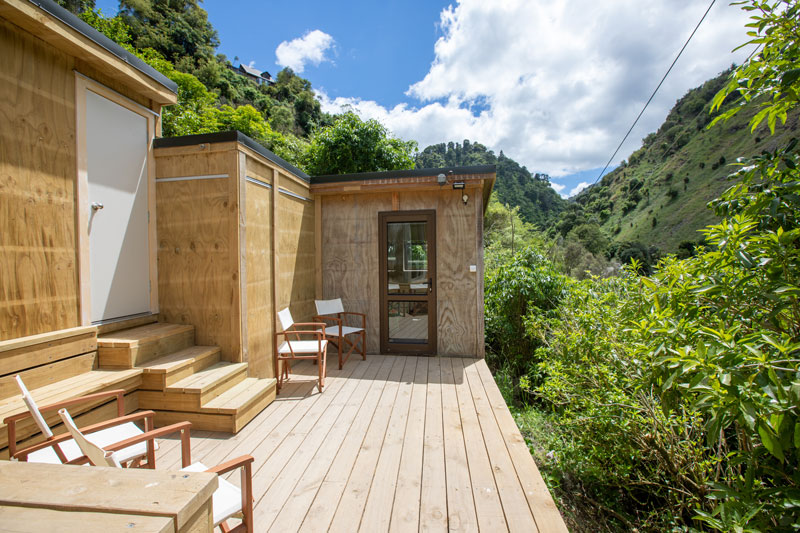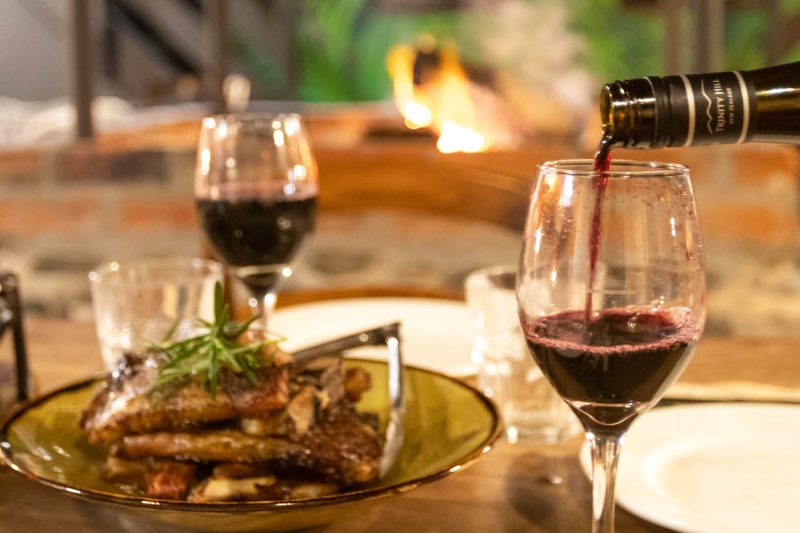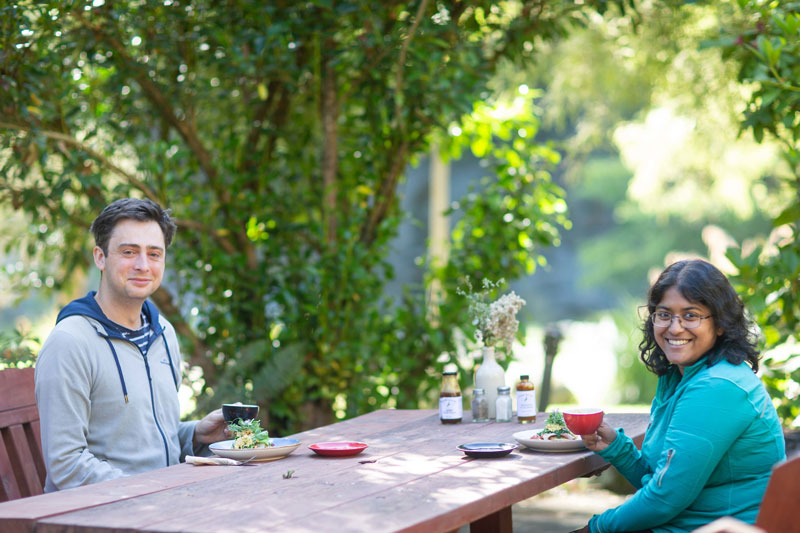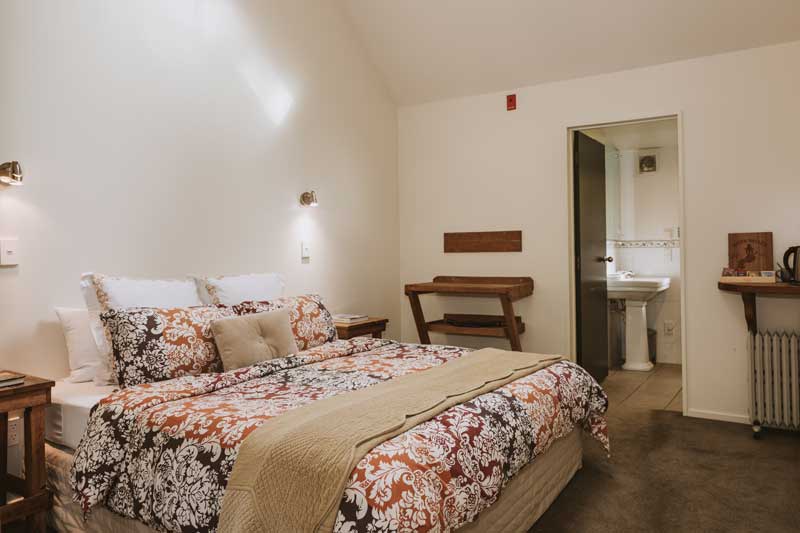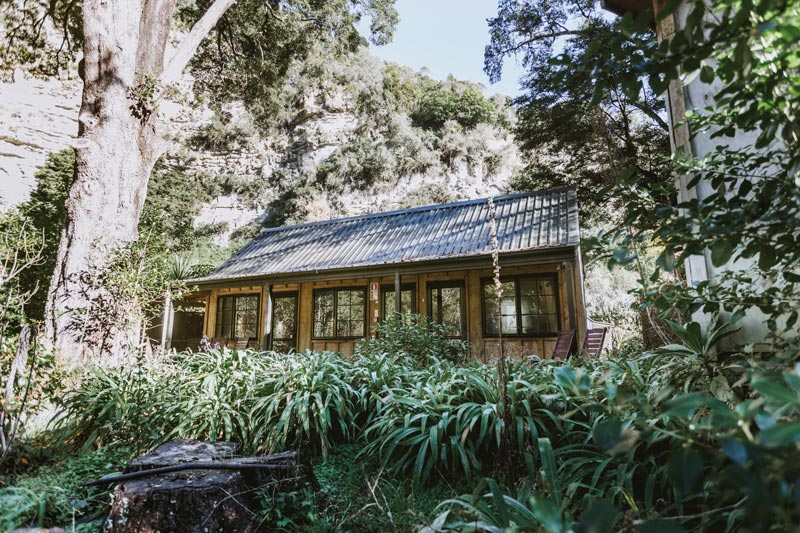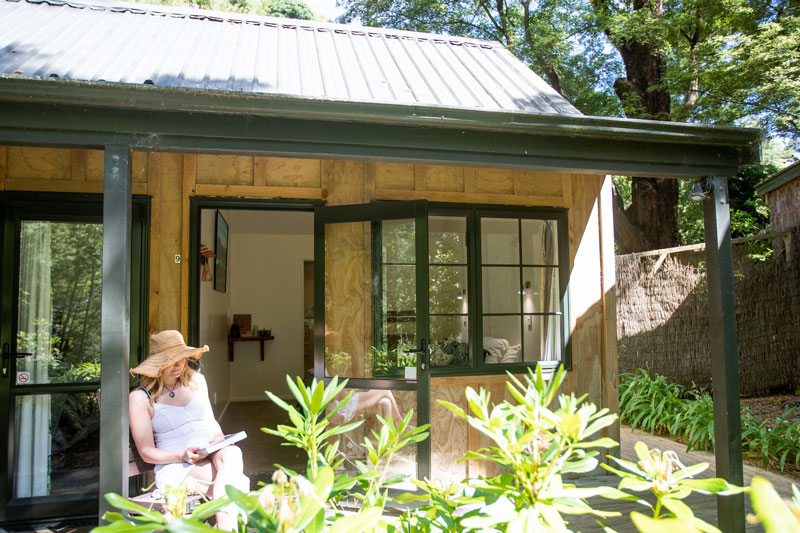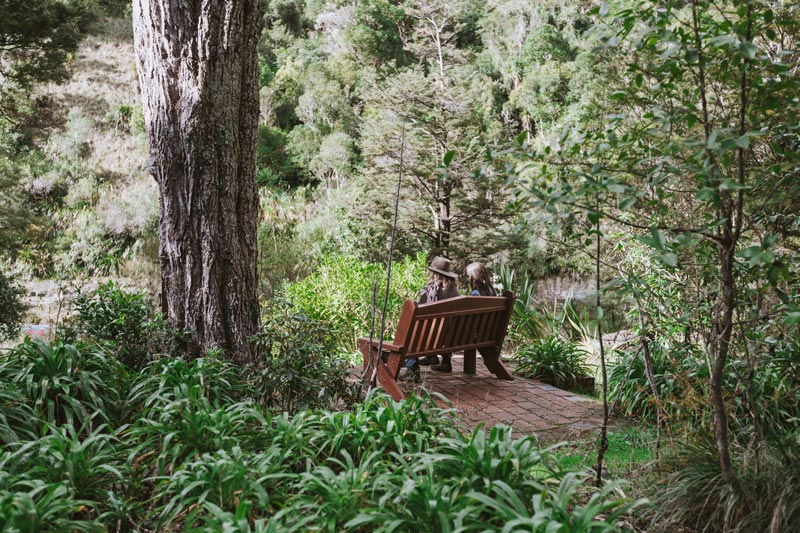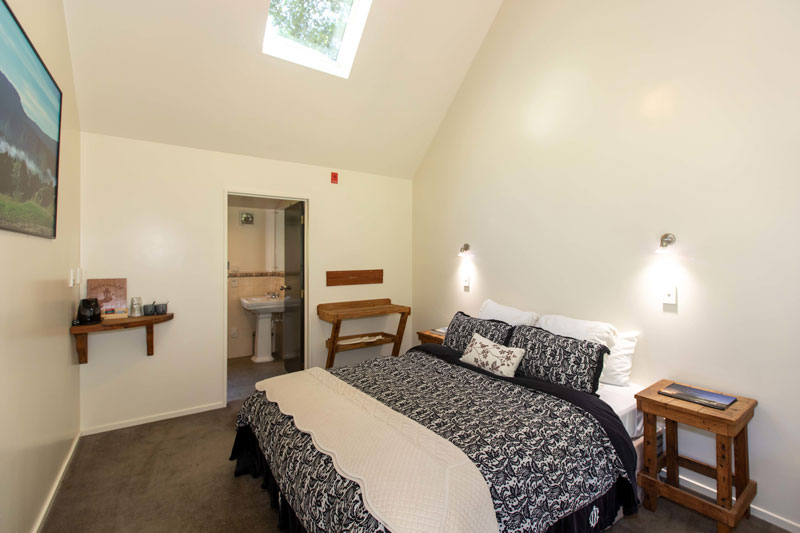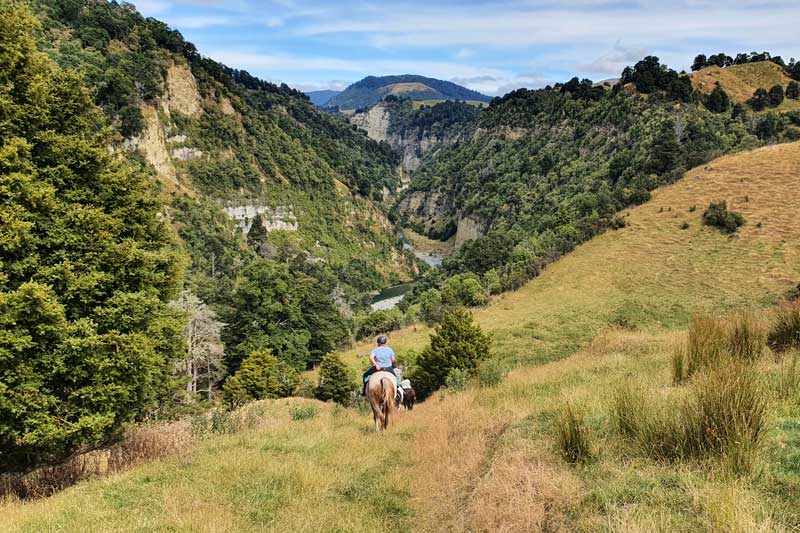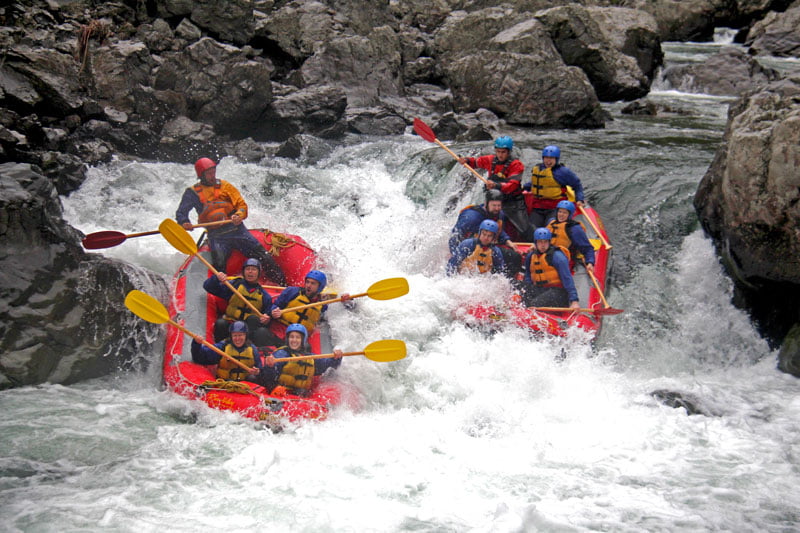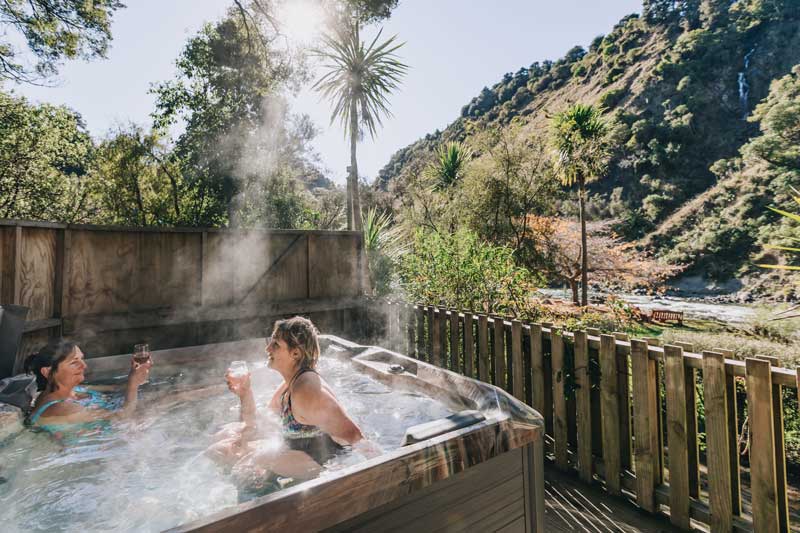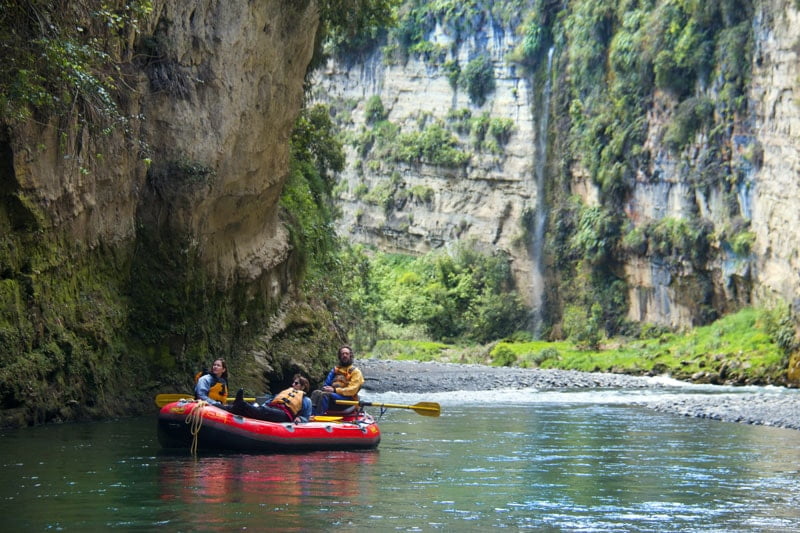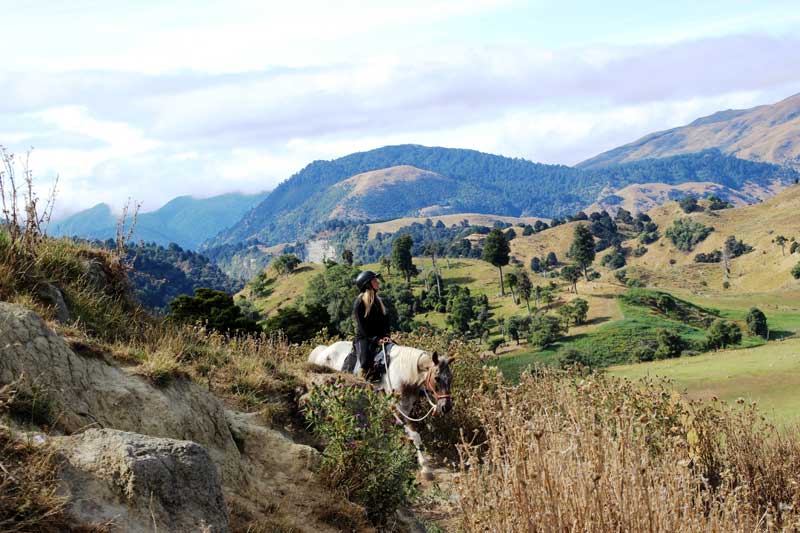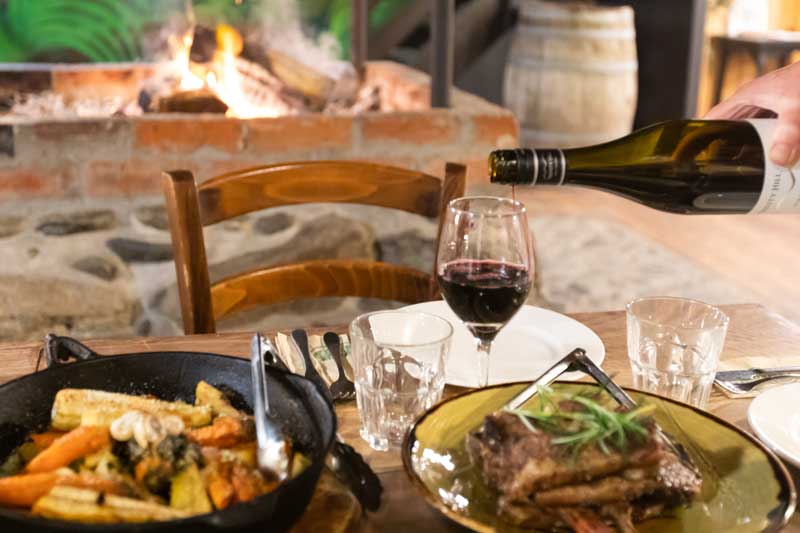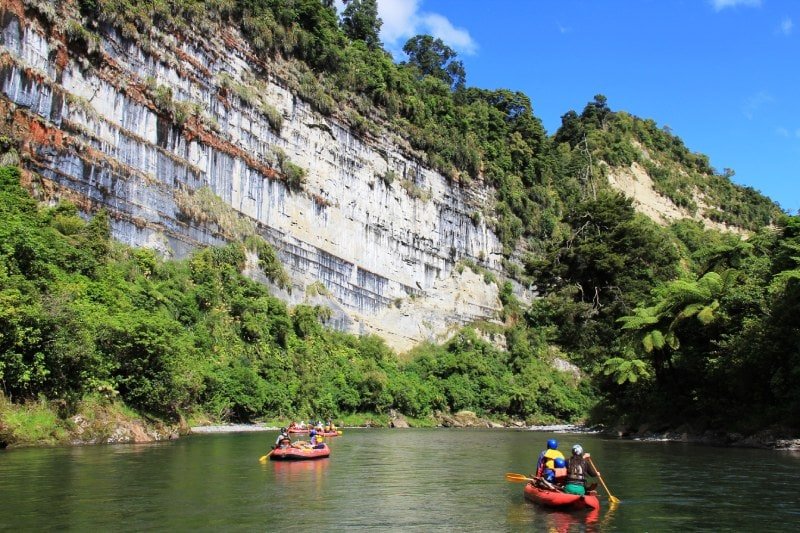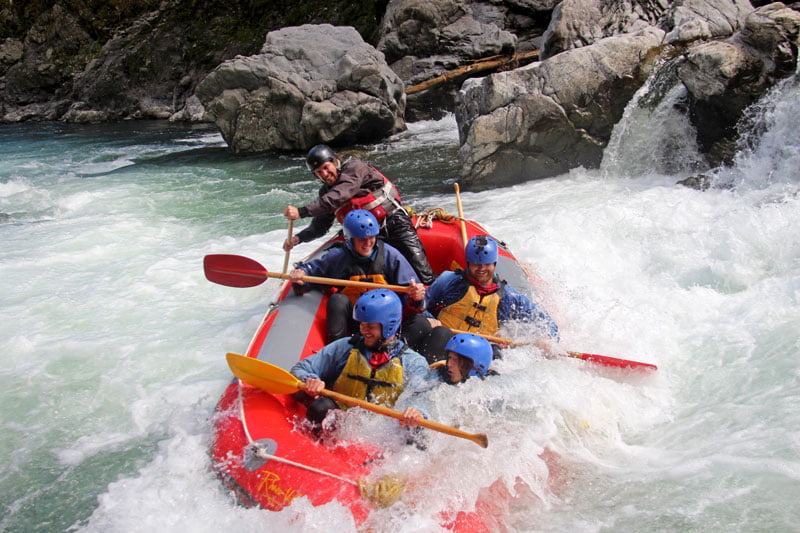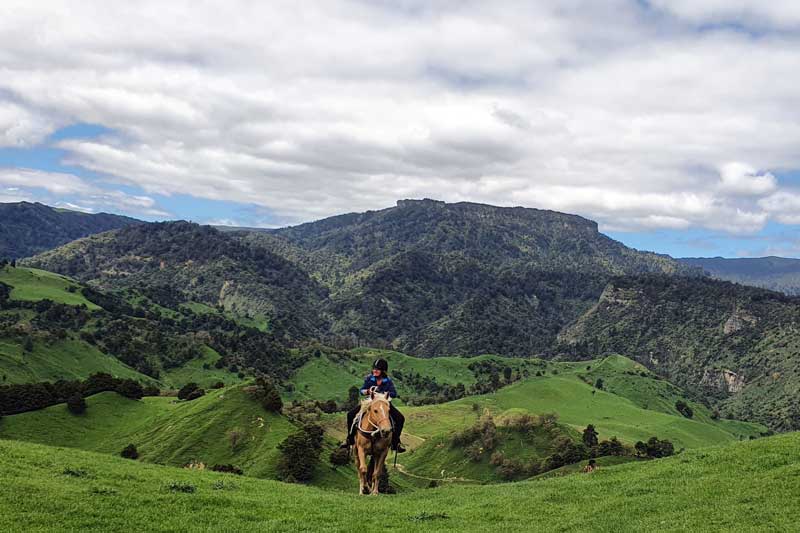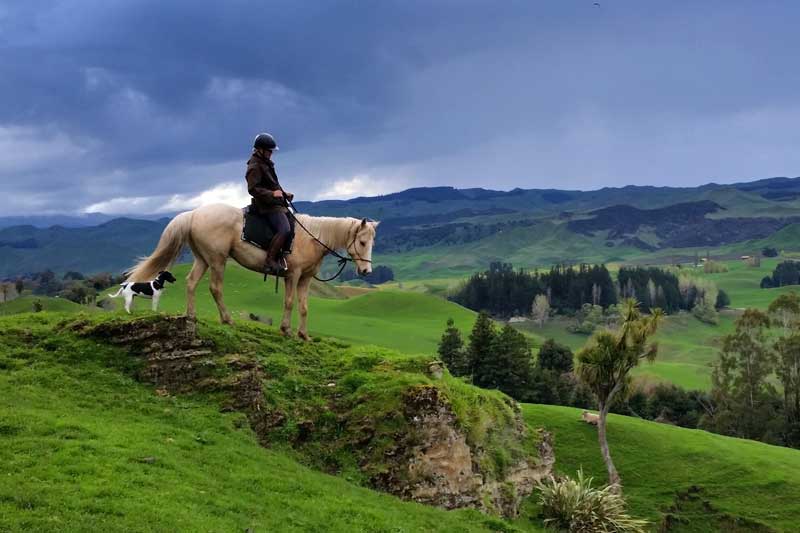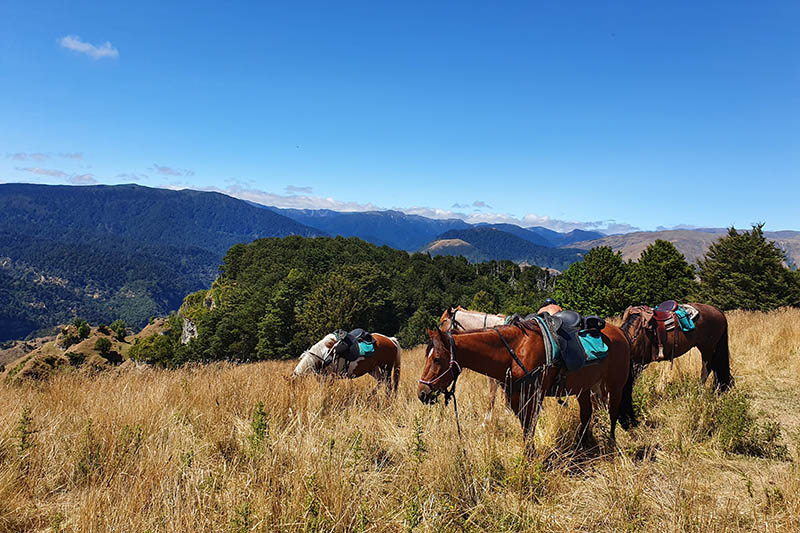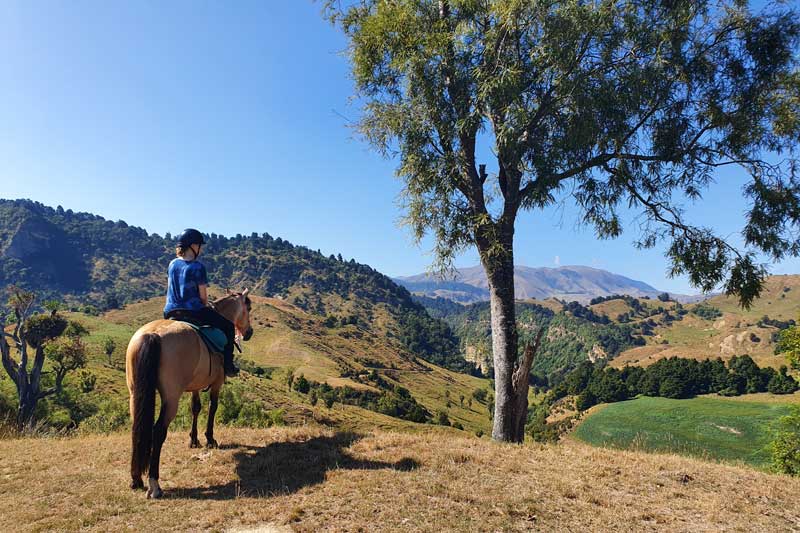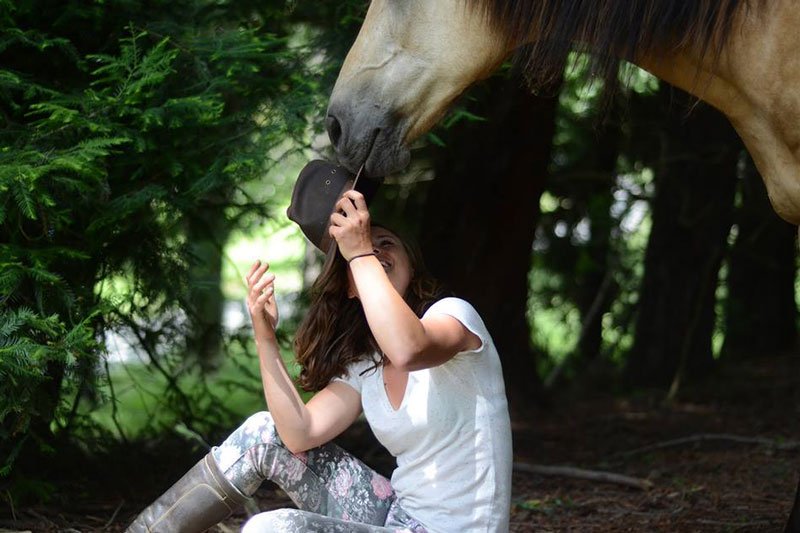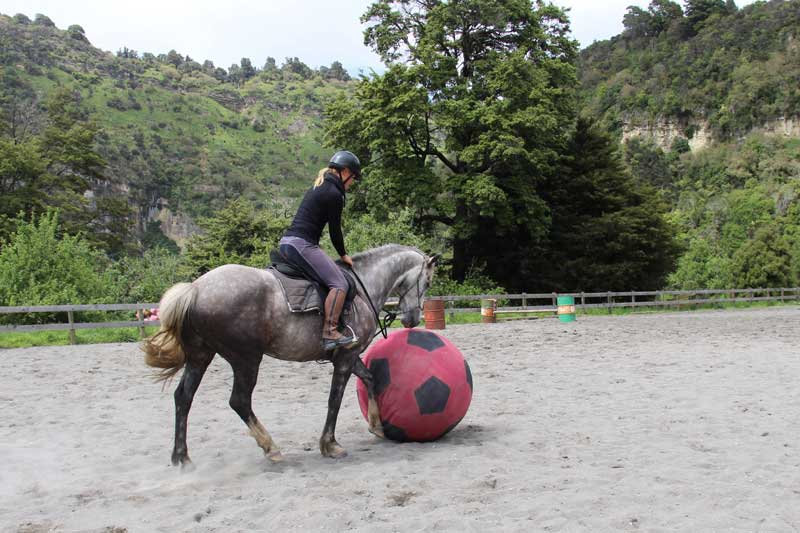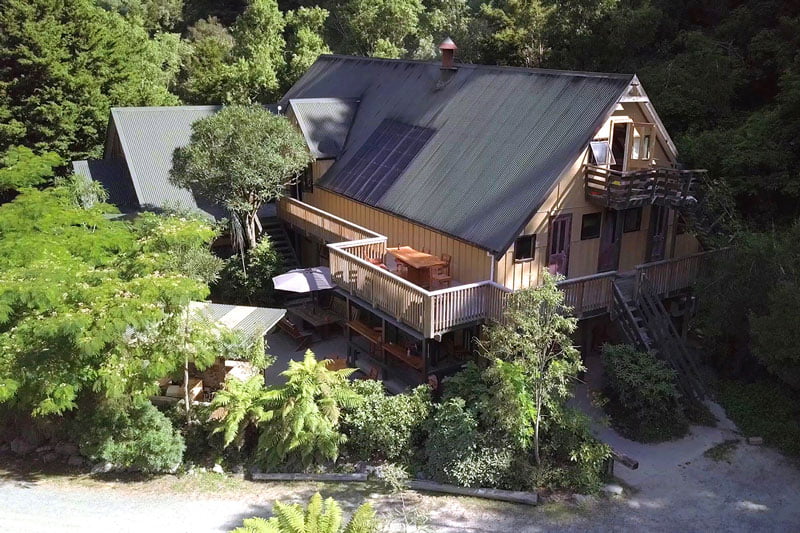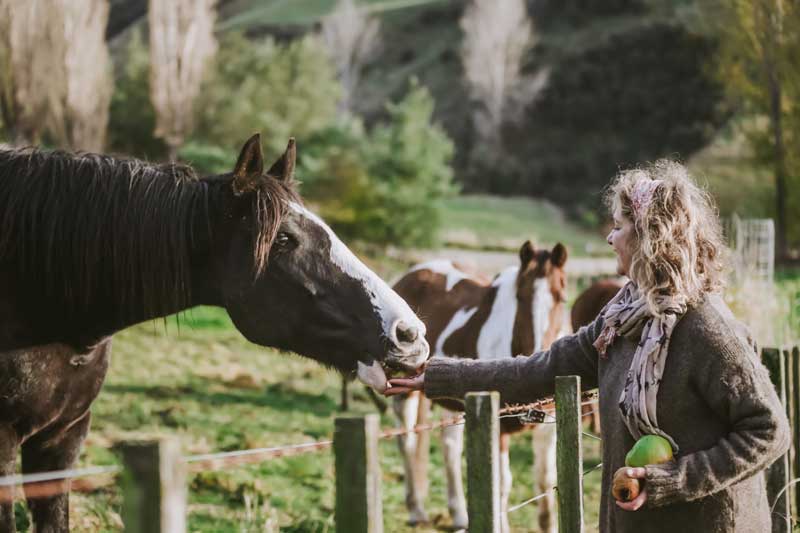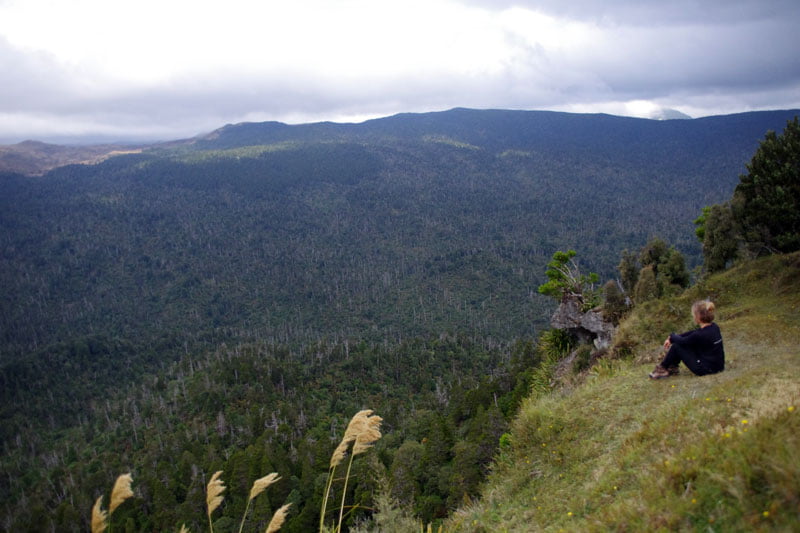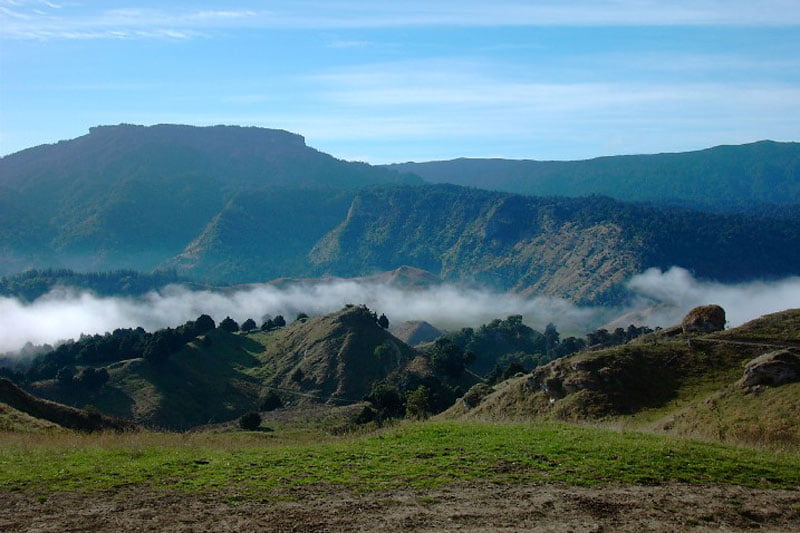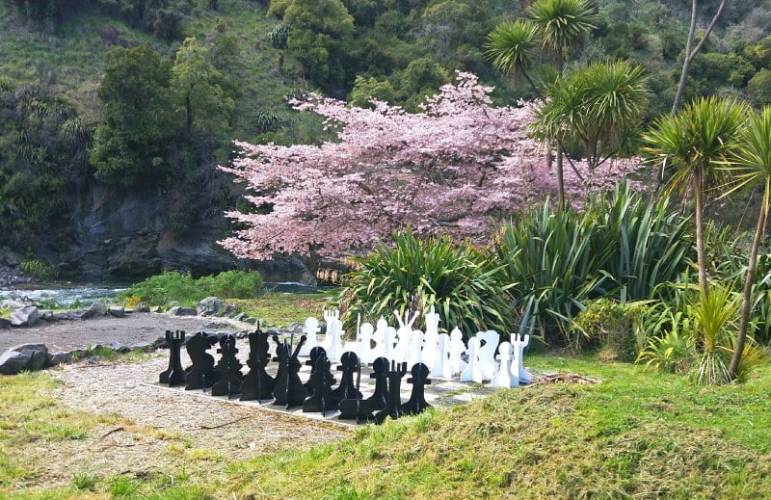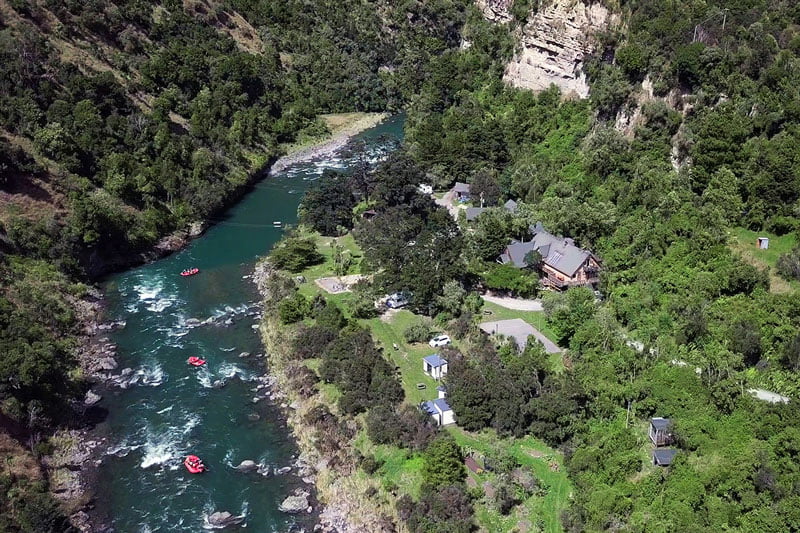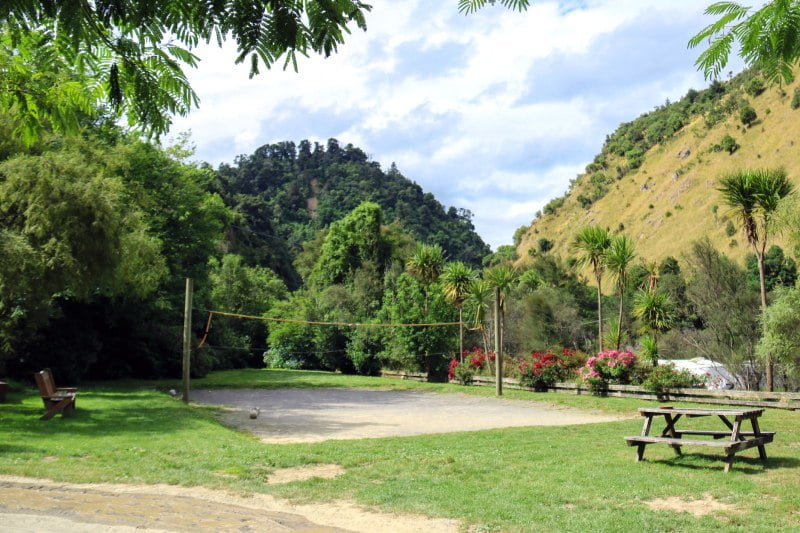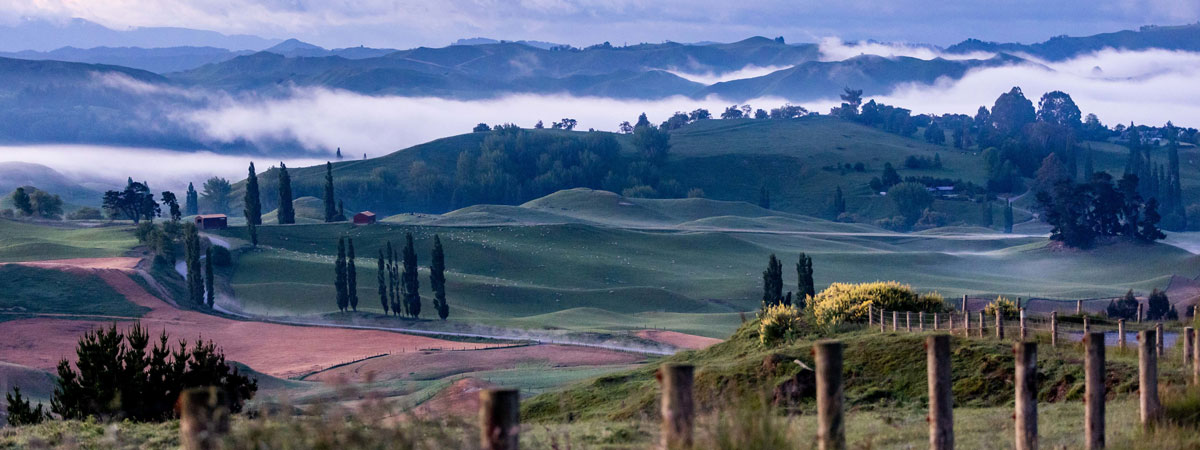
The Opportunities for Beauty
I have never been convinced that New Zealand’s climate change obligations can be at least partially met by the blanketing of our landscape in the ugliness of monoculture pine trees.
It is not just the monotony of this type of forestry, but also, as I see it, there are so many opportunities missed.
Philosopher Charles Eisenstein sums up the opportunities we are missing when he wrote – “To experience the wonders of creation, by contributing to life and beauty on earth.”
What does this mean?
He is saying that we are ignoring the opportunities we have to not only mitigate some of our carbon emissions by planting trees, but we can also enhance life and landscapes by taking a more multi-layered approach.
Why should we settle for cloaking our hillsides in the uniform green of a monoculture plantation, which will upset the water cycle and become significant fire risks as time goes on with summers often becoming hotter and drier? Why should we settle for this when we have so many other opportunities.
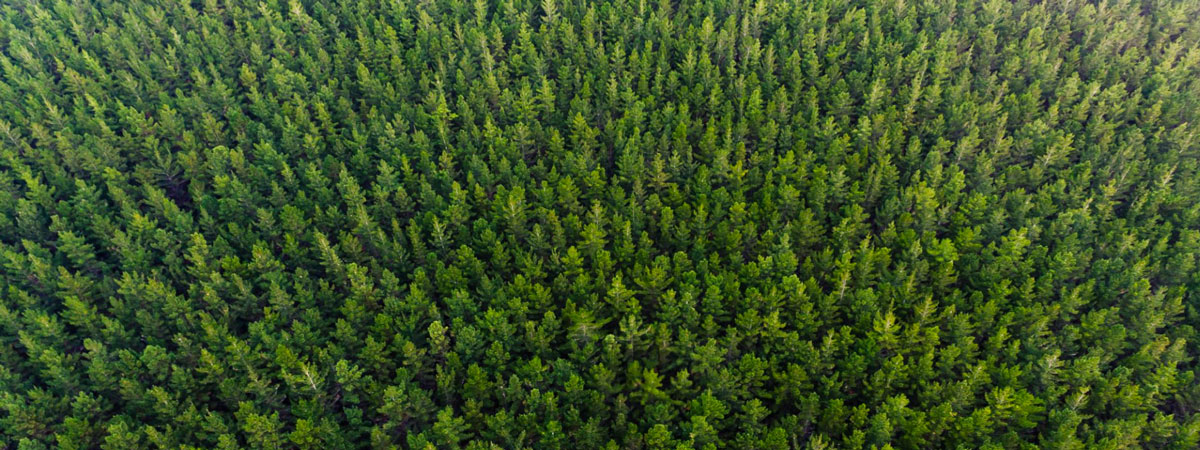
Let’s look at those opportunities in no specific order.
Beauty – our human souls relate to beauty on a deep level. A level we often cannot articulate but rather feel. The way we care for our landscape and how it looks and feels can definitely trigger these emotions. When we plant trees, or how we care for the land in general, can contribute to the beauty of a place and touch our souls.
Biodiversity – biodiversity is a word used to describe the richness and variety of life on earth. The planting of carpets of pine trees is a shallow concept when we consider the opportunities we have to increase biodiversity in our landscapes. This is not just about planting native trees but also extends to managing land in general. What is there not to like about more birdlife and being able to feel the life of the land.
Social – there is a social dimension here as well. Whether it be the monoculture of pine trees, or the monocultures of dairy cows or sheep, apples or kiwifruit, it would appear that modern economics demands the pursuit of a single or narrow range of products on a given piece of land. While this may be appropriate in some circumstances, I doubt it is in all. I am convinced that a more diverse landscape would present opportunities for other human endeavours and contribute to the health of sustainability of human communities.
Risk – monocultures are incredibly risky. In the case of pine plantations, a single fire can reverse decades of carbon sequestration, while, as with any monoculture, the risk of disease or pests is heightened.

In summary
The need to sequester carbon is both vital and a fantastic opportunity. We can have our cake and eat it too. We can enhance the beauty of a place and the variety of life within.
Yes, establishing this may be more expensive in monetary terms, but think of the payback over time—a landscape full of diversity and life and supporting healthy communities.
On the other hand, the over-emphasis on monocultures invariably leads to a decline in diversity, a reduction in the landscape’s health, and in many cases, especially with inappropriate forestry, the loss of entire human communities.
Let us hope we don’t waste this opportunity, an opportunity where the enhancement of beauty and life is paramount and will enhance the richness of all our lives.
Brian Megaw



